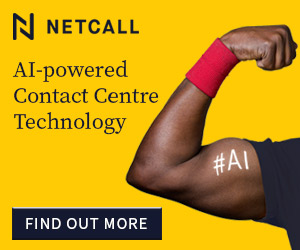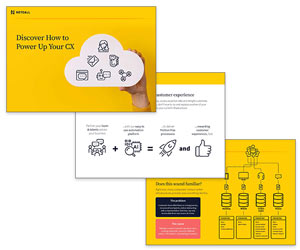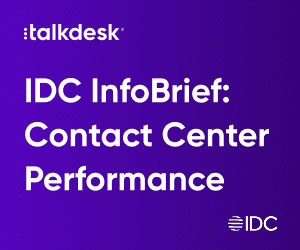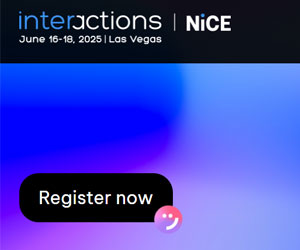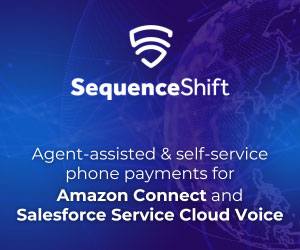Richard Farrell looks at the role of technology in delivering more efficient, multichannel customer service throughout peak periods.
Handling heavy traffic during peak periods is a headache for all contact centres. The increased use of mobile devices and smartphones, along with the explosion in social media, email and webchat now means the queries and calls are suddenly coming in on all channels.
Customers still expect the same level of service – even if you’re maxed out!
Phone conversations are just one means of communication among the many options now open to consumers, many of whom are just as comfortable sending a tweet as they are on the phone. However, even if the contact centre is maxed out, customers still expect the same level of service no matter which channel they are using.
To add to the challenge, peak periods can also be difficult to anticipate, such as when there was a sudden influx of insurance claims and complaints about power cuts following the severe storms and flooding this winter.
A properly integrated multichannel strategy can go a long way in helping
Yet whether high demand can be anticipated or comes in the wake of an emergency or unplanned event, a properly integrated multichannel strategy can go a long way in helping agents manage the rush.
Using different stand-alone applications acquired piecemeal to cope with queries across all channels can add complexity, cost and risk of failure. Which is precisely why, when the heat is on, an integrated, intelligent contact management solution really comes into its own.
Avoid asking customers the same questions again and again
To save time and avoid asking customers the same questions again and again, the private sector needs to borrow the triage approach used in the medical world, where patients are prioritised in order of need and information is recorded at the start.
This is especially important as callers consistently say that having to repeat their inquiry details several times is one of the main factors in a negative experience.
Delays caused by repeatedly having to answer the same questions are eliminated as the information captured while the caller is in the queue can be transferred, either by screen pop-up or whisper transfer (an audio message) when the call is routed directly to the agent with the relevant skills.
At periods of peak demand, the speed of the connection will dispel the frustration many customers feel when they are forced to ‘go around the houses.’
Don’t waste the customer’s time by keeping them on hold
The customer does not need to know that the person they are communicating with is working remotely, or that they have queue-jumped and been routed through three departments before speaking to the correct person. And if demand is very high and there are no free agents, rather than wasting the customer’s time by keeping them on hold, smart technology can call them back as soon as a representative is available.
In the age of the web, smart contact centre technology can also ensure that all channels are utilised and customers are not ignored – however they choose to interact.
Develop a flexible pool of multi-skilled agents
To ensure this new technology is used to best effect, a flexible pool of multi-skilled agents should also be developed, with their work coordinated by effective workforce management tools that can use historic data to predict likely peaks in demand across all channels.
The longer a company takes to allow customers access to the contact channel they wish to use, the more likely it is that brand reputation will be tarnished.

Richard Farrell
Rather than seeing customers turned off by slow or unsatisfactory service – or making a bad situation worse following an unexpected event or corporate crisis – putting integrated contact centre solutions at the heart of the operation can have a transformative impact.
They will ensure an organisation can cope with huge increases in traffic on all channels at times when customers are at their most demanding.
With thanks to Richard Farrell, CTO at Netcall
Author: Megan Jones
Published On: 25th Jun 2014 - Last modified: 22nd Mar 2017
Read more about - Archived Content, Netcall
